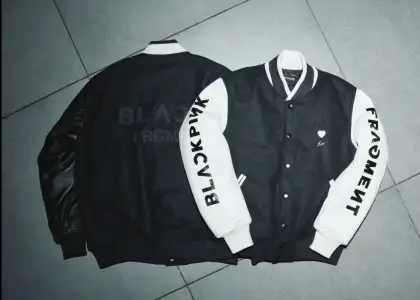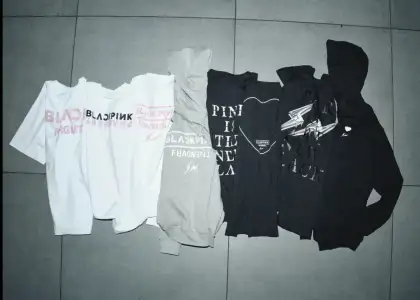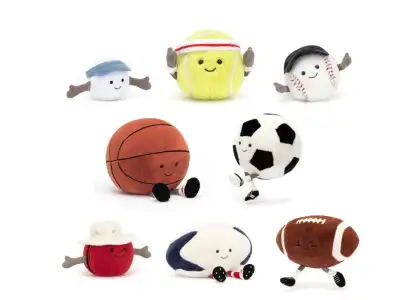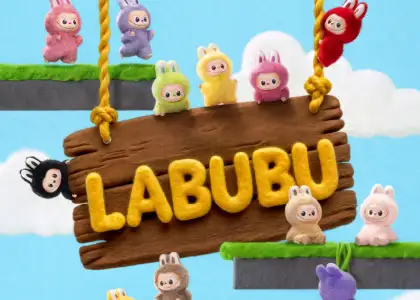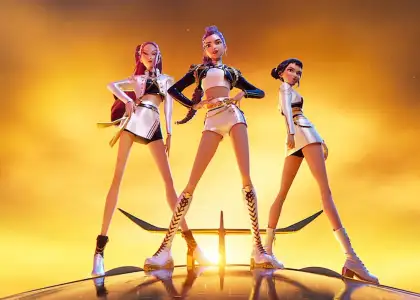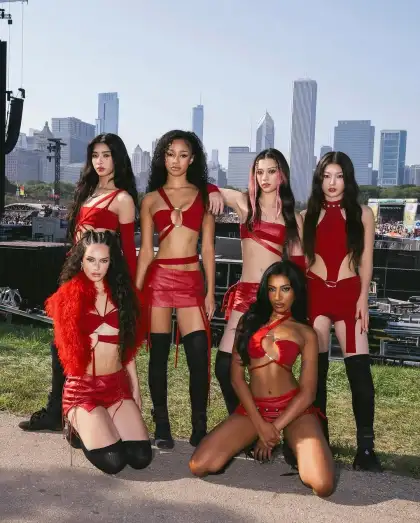Five Disney Movies with Asian Representation

If there’s one thing Disney has got down, it’s creating good movies. Ones that are touching, funny, insightful, and entertaining all at the same time. Let’s admit it, our Disney+ subscription is mainly used to rewatch D films. How else did we know all the words to “Let it Go?”
Most, if not all, of our favorite childhood movies were produced by the House of Mouse from blockbuster musicals like “The Lion King” to the sparkly string of Disney Princess titles such as “Cinderella,” “The Little Mermaid,” and “Beauty and the Beast.”
If you think about it, Disney’s reputation was built largely on their Eurocentric films with most of these stories featuring white characters. However, as awareness of the importance of diversity grew, the call for inclusivity began, and Mickey’s round ears heard it loud and clear.
It started when they answered the call for people of color (POC) and released “Princess and the Frog” in 2009, a significant step towards inclusivity with its main lead, Tiana, being the first-ever African American Disney princess. In the last decade, Disney expanded their inclusiveness with culturally diverse stories such as “Moana,” which portrays Polynesian culture, and their more recent release “Encanto,” which highlighted the vibrant colors and music of Colombia.
For this list, we’ve curated some of the best Disney films with Asian representation; ones that beautifully capture and portray stories and cultural nuances from the region through excellent visual storytelling and character design. Keep reading to see if you’ve watched them all! If not, then consider this a sign to have a movie marathon on Disney+!
Mulan (1998)

The OG girl boss of Disney princesses, Mulan, showed us that we can do—and be anything, including a warrior in the Imperial army. Based on the real-life Chinese legend, “Hua Mulan,” this story revolves around a young girl who disguises herself as a man to take her father’s place in the army.
What makes this movie great is that it represented Chinese culture through its discourse of honor, courage, and truth. The war in the movie reflected the conflicts that occurred for a long time between Central China and the Hun invaders along the northern border, a nod to the country's history. Additionally, the animation style of the film paid homage to Chinese watercolor art which is often seen in Chinese paintings.
Mulan also defied gender stereotypes as women in feudal China were expected to be one thing: good wives. The scene where she gets ready to meet a matchmaker was as real as it gets, from her traditional make-up look to the little cricket she carried along, a creature regarded to bring luck and prosperity in their culture.
And speaking of little creatures, Mulan’s sidekick, Mushu, is a dragon, which is a famous character in Chinese mythology. They’re just well… bigger. (Sorry, Mushu! Dishonor on us and our cows!)
And ICYDK, there was a live-action remake released in 2020 starring Yifei Liu, which showcased an amazing cast and action-packed scenes. It also highlighted another creature from Chinese folklore, the Phoenix, which was often regarded as the symbol of the Empress or female members of the royal family.
Big Hero 6 (2014)

Japan and America meet in this adaptation of the comic books created by Man of Action, and published by superhero powerhouse, Marvel. FYI, it’s also the first animated Disney film to feature Marvel Comics characters!
In “Big Hero 6,” we are introduced to 14-year-old robotics genius, Hiro Hamada, and Baymax, the healthcare provider robot created by Hiro’s older brother, Tadashi Hamada, who was killed in a fire accident. In the film, Hiro and Baymax team up and form a superhero team to combat a masked antagonist planning to take over Hiro’s invention and who just might be responsible for Tadashi's death (dun dun duuun!).
The film portrays characters with mixed cultural heritage as Hiro is half Japanese. This was also reflected in the hybrid urban setting called, San Fransokyo. The architectural alchemy further emphasized this through combining city elements found in San Francisco and Japan’s eclectic capital. In the movie, you can see Shibuya skyscrapers with neon-lit screens embracing San Francisco’s iconic Transamerica Pyramid, and Victorian Mission duplexes lining the hilly neighborhoods complemented by Japanese cherry blossom trees along the streets.
Even robot Baymax’s features look Hello Kitty-like with his round eyes and white, soft exterior. These little details showcase two onscreen cultures sharing the same world, and definitely earns Disney some diversity points.
Float (2019)

This Pixar animated short is the first to feature CGI Filipino-American characters. “Float” tells the story of a Filipino father who discovers his infant son has the ability to float. In this roughly seven-minute feature, he tries to keep this ability a secret, but once it gets out, he must decide whether to run or accept his son for who he is.
The short was written and directed by Filipino storyboard artist Bobby Alcid Rubio, who revealed that the story was inspired by his relationship with his son, Alex, who has autism. So, not only does it feature Filipino characters but also people with developmental disabilities.
The film was developed under SparkShorts, an immersive storytelling program that gives Pixar studio employees six months and a budget to develop animated short films. This program in itself is a wonderful example of how Disney is pushing for diversity and championing more stories from different parts of the world.
Speaking of Filipino features, Disney UK released a holiday advert in 2020 featuring a touching Christmas story between a Lola (Filipino term for grandmother) and her granddaughter as part of their “From Our Family To Yours” series. It still makes us tear up to this very day.
Raya and the Last Dragon (2021)

Another film that inspired diversity and inclusivity in the Disney Princess lineup is “Raya and the Last Dragon,” which features Southeast Asian culture representation. The movie follows Raya, a lone warrior princess on a quest to bring back the last dragon so that she can save her homeland of Kumandra from the evil Druun. Throughout the film, she learns to open up and trust others, realizing that to lean on them is the only way to save her homeland.
There were a lot of cultural details present in the film, from the smallest things like how characters will take off their shoes before entering someone’s home to larger attributes such as the portrayal of the values of family and community which was visibly enacted throughout the film.
Another reflection of cultural authenticity is in the character of Sisu, who is not your typical fire-breathing dragon. In Southeast Asia, dragons are more like water deities called the naga and are creatures that bring auspiciousness. Another example of water dragons in Southeast Asian folklore is the Bakunawa—the serpent-like dragon who ruled the oceans in Philippine mythology.
Disney revealed that in order to ensure cultural authenticity, the filmmakers formed a story trust of Southeast Asian cultural experts and even traveled to Laos, Indonesia, Thailand, Vietnam, Cambodia, Malaysia, and Singapore to gain inspiration. The movie’s creative team was also composed of people with Southeast Asian backgrounds who all shared their stories and added details to the film.
Adele Lim, who penned the screenplay, told Disney, “When you truly look at what makes our culture amazing, whether it's our arts or our food, the best street food in the world, it is because of all these different elements really coming together and creating something transcendent.”
Turning Red (2022)

This coming-of-age film is a milestone for Pixar Animation Studios as it’s their first to be directed by a woman and second film to feature an Asian main character; the first being Russel from “Up” in 2009. "Turning Red" is another film that tackles mixed cultural heritage as the protagonist Meilin “Mei Mei” Lee is a 13-year-old Chinese Canadian who is experiencing the woes of puberty.
If you think you had it bad, think again. While most of us dealt with mood swings, acne breakouts, and teenage angst, Mei Mei turns into a giant red panda every time she feels a strong emotion. Yup, we’re talking about a massive furry red creature.
Now there’s a lot of things to love about "Turning Red" such as its entertaining characters and humorous representations of what goes on in the life of a teenage girl which mostly consists of surviving high school, arguing with parents, and fangirling over boybands. However, what made this movie stand out is its clever way of addressing menstruation—a subject you don’t see a lot in coming-of-age films.
Moreover, the film also conveyed the emotional complexities between mother and daughter, particularly in Asian families. Director Domee Shi (the same director of the Pixar short, "Bao"), explained in an article how Western coming-of-age tales are more “black and white” where parents are portrayed like villains whom their children have to break free from in order to follow their dreams or find themselves. But in “Turning Red,” Mei actually loves her mom and wants to make her proud, so the story focused more on her struggles with these changes as it threatened to pull her away from the people she cared about.
Funny, relatable, and incredibly touching, “Turning Red” is peak Pixar and is definitely a great addition to our roster of favorites.
PS: The boy band’s song actually slaps!
Get the latest curated content with The Beat Asia's newsletters. Sign up now for a weekly dose of the best stories, events, and deals delivered straight to your inbox. Don't miss out! Click here to subscribe.




